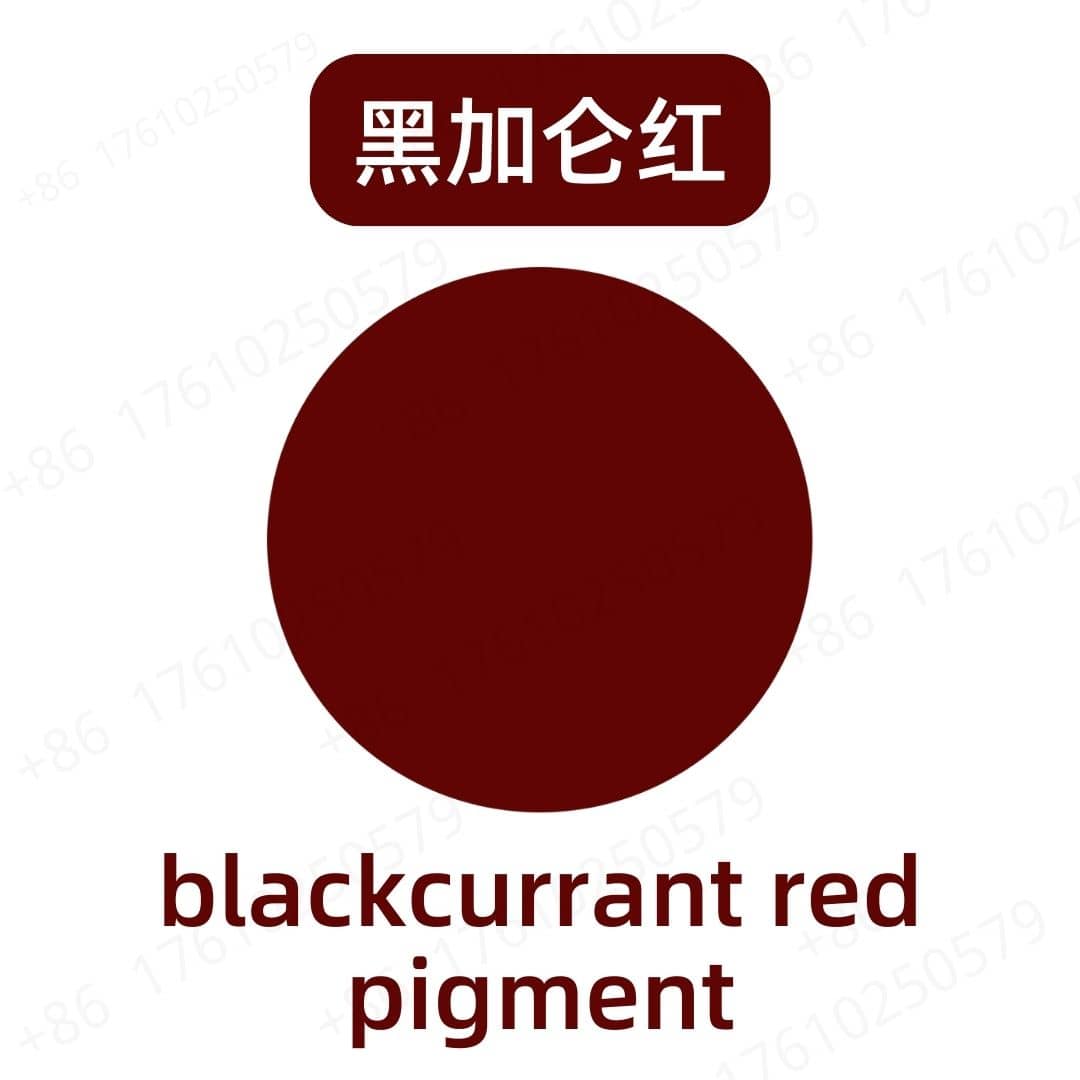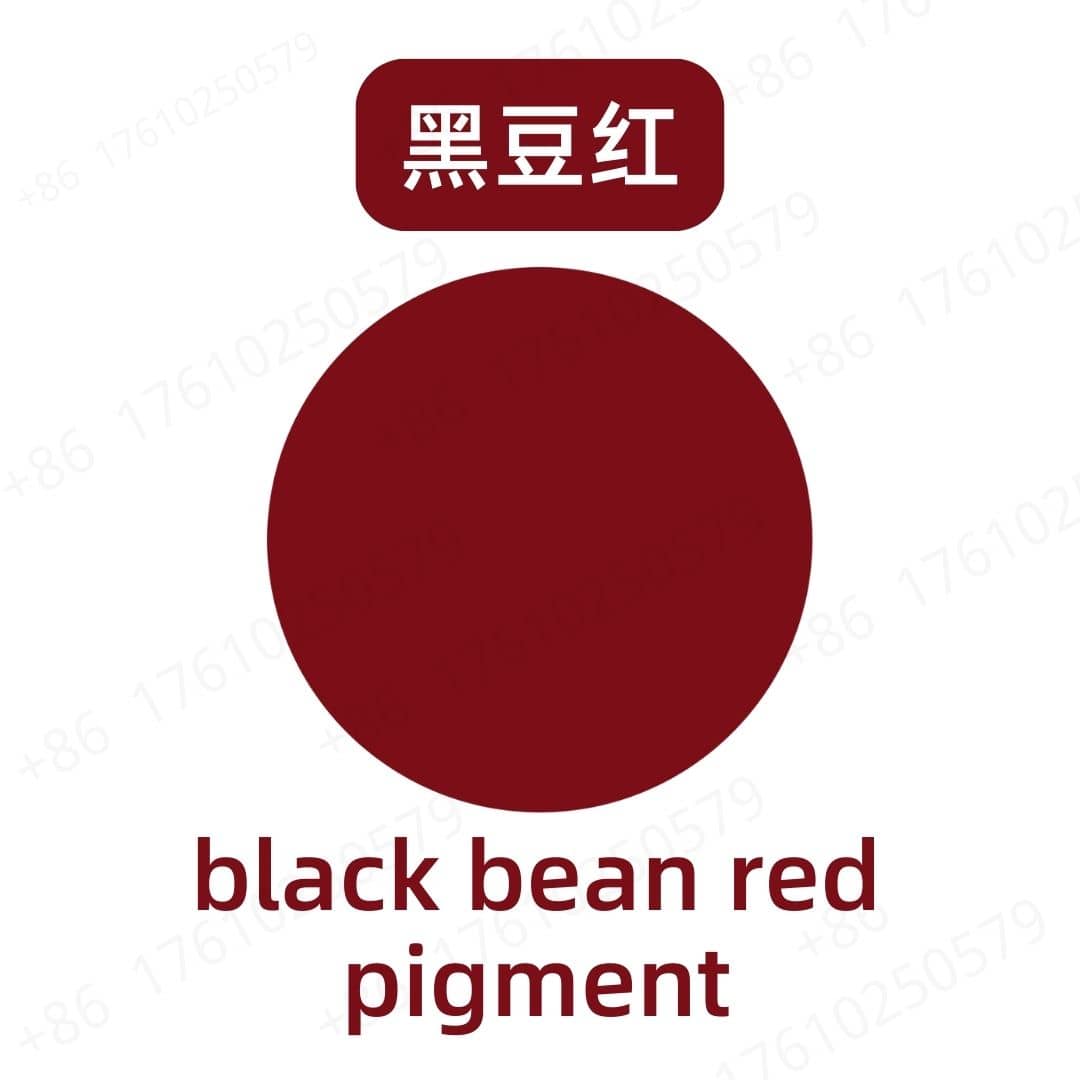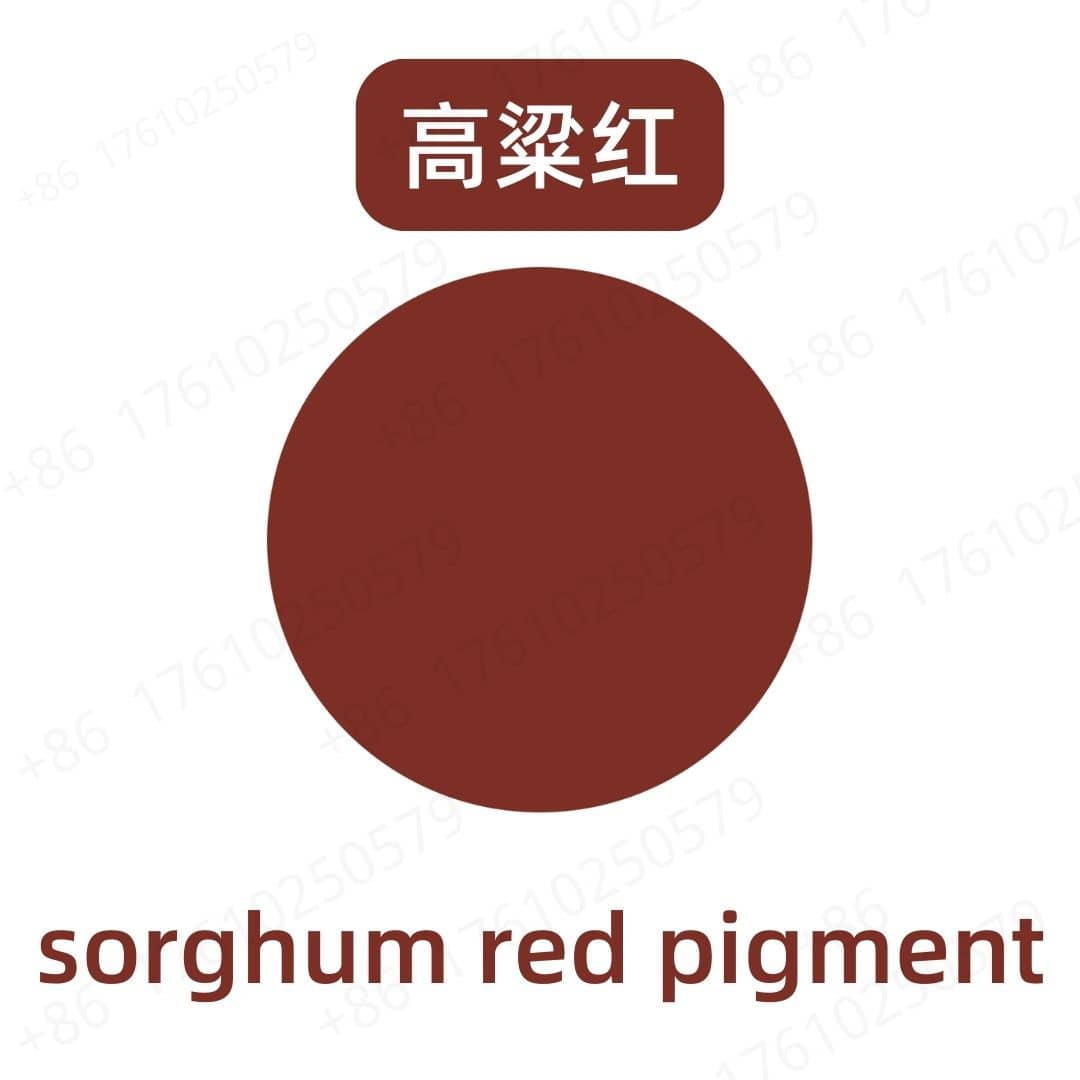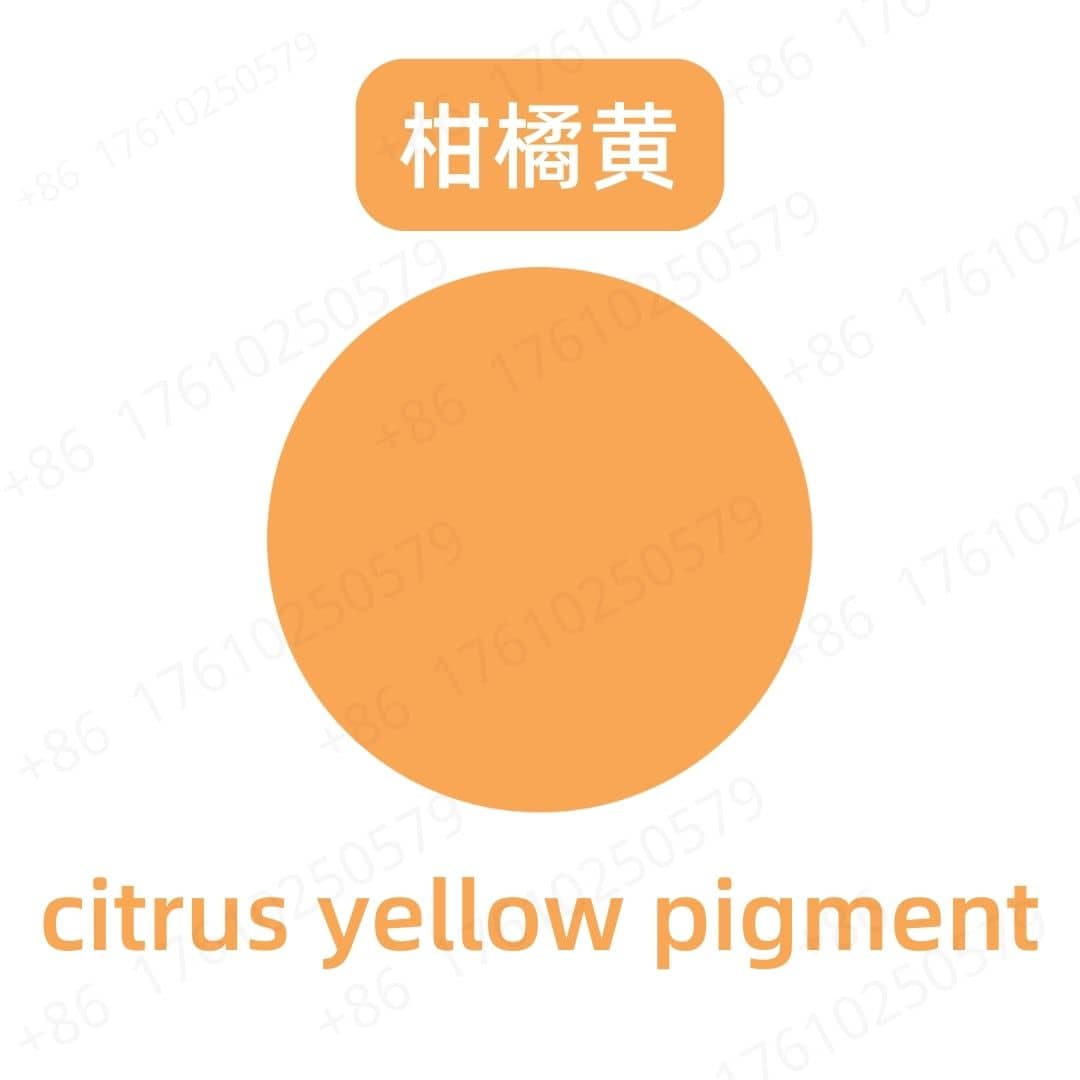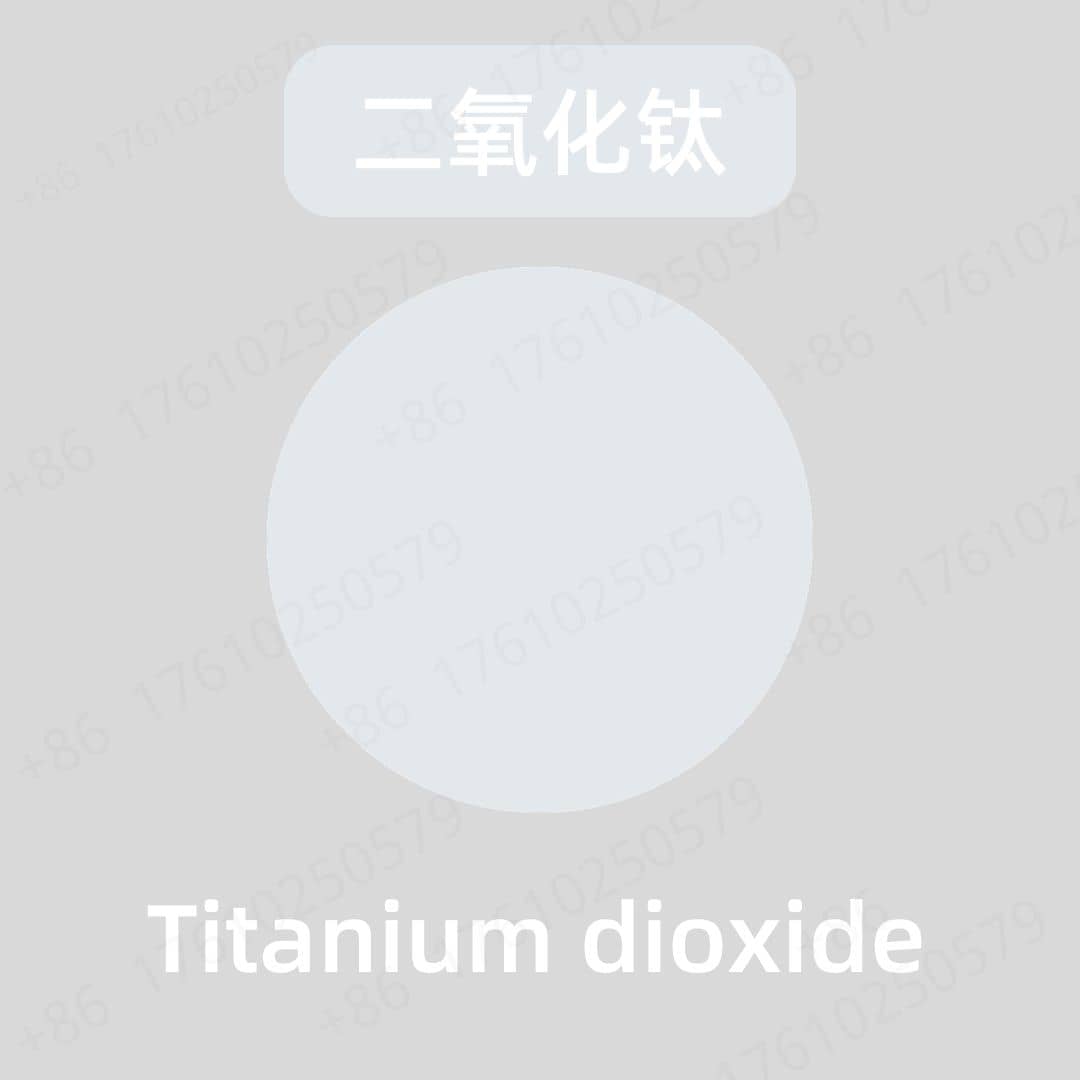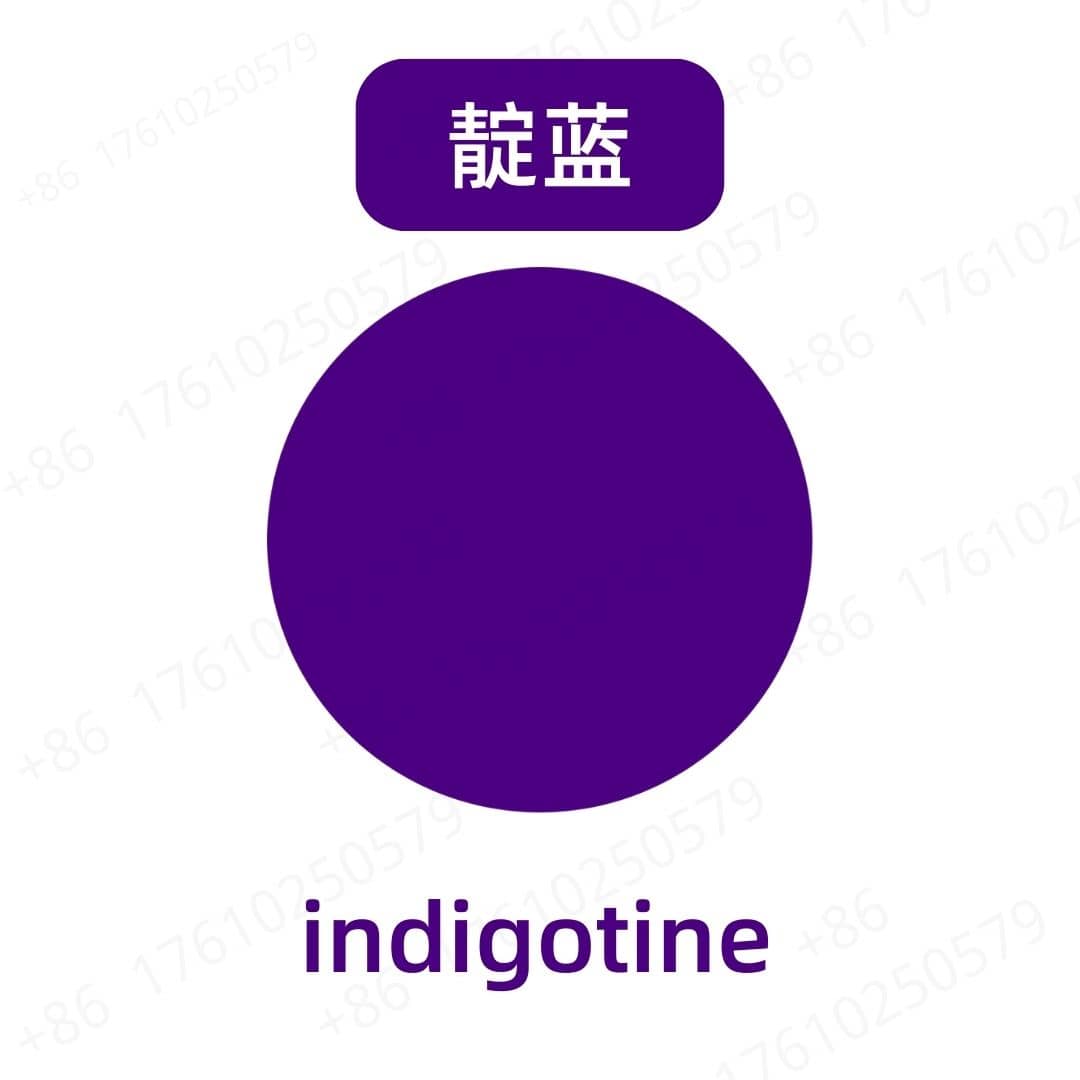Product Introduction
Indirubin is a natural pigment, known for its distinct reddish-purple hue. It is a chemical isomer of the more famous blue dye, indigo, meaning they share the same chemical formula but have a different arrangement of atoms. This structural difference is responsible for its unique red color. Historically, indirubin has been found as a minor component alongside indigo in dyes extracted from plants like woad (Isatis tinctoria) and true indigo (Indigofera tinctoria). It is classified as a bis-indole alkaloid, and its vibrant color has made it valuable for centuries. Beyond its role as a colorant, indirubin is also a subject of significant scientific interest, particularly for its various biological activities that are studied in biomedical research.
Production Process
The modern production of indirubin often utilizes microbial fermentation, a process that allows for greater control and yield compared to traditional plant extraction. This process begins with the selection of a specific microbial strain, such as a genetically engineered Escherichia coli, which is capable of producing the necessary precursor molecules. These microorganisms are then cultivated in large-scale fermenters filled with a nutrient-rich medium, which typically includes tryptophan.
During the fermentation stage, the microbes metabolize the nutrients and convert tryptophan into indoxyl. The fermentation broth is aerated, introducing oxygen that facilitates the spontaneous oxidative dimerization of indoxyl molecules. This reaction produces a mixture of pigments, primarily blue indigo and red indirubin. After the fermentation cycle is complete, the pigment mixture is harvested from the culture. The next critical step involves separating indirubin from indigo, which can be achieved through methods like solvent extraction or column chromatography. The purified indirubin is then dried into a fine powder and milled to a specific particle size, such as 80 mesh, making it ready for its various applications.
Application Scenarios
Indirubin pigment is utilized across several different industries due to its unique color and properties. In the textile industry, it serves as a natural dye, imparting a durable and beautiful reddish-purple color to fabrics like cotton, silk, and wool, often favored in artisanal and high-end fashion.
In the field of cosmetics, indirubin is used as a colorant in a range of products. Its vibrant, natural-origin color makes it a desirable ingredient for lipsticks, eyeshadows, and nail polishes, appealing to consumers looking for plant-derived or naturally-inspired ingredients. Its use in cosmetics is subject to regional regulatory approvals.
Another significant application is in scientific research. Indirubin is widely studied for its biological activities, most notably as an inhibitor of cyclin-dependent kinases (CDKs), enzymes that are crucial for cell cycle regulation. This property makes it a valuable compound in cancer research and cell biology studies, where it is used as a reference standard or a tool compound. It is also sometimes used as a biological stain in laboratory settings for visualizing cellular structures.
Packaging and Storage
【Storage Conditions】Store in a sealed, light-proof container, away from high temperatures, in a dry, cool, and well-ventilated place.
【Packaging】Bulk: 25kg/fiber drum; Sample: 1kg/aluminum foil bag; Custom packaging available upon request.
【Shipping Methods】FedEx, DHL, dedicated logistics, and sea freight consolidation.
【Shelf Life】Two years
Monica Sun possesses extensive technical expertise and market insights in the food additives industry. She excels in designing efficient and safe additive formulations tailored to various food applications, ranging from sweeteners to functional dietary fibers. Monica has successfully assisted food manufacturers in optimizing ingredient combinations to enhance product quality and improve consumer satisfaction.









